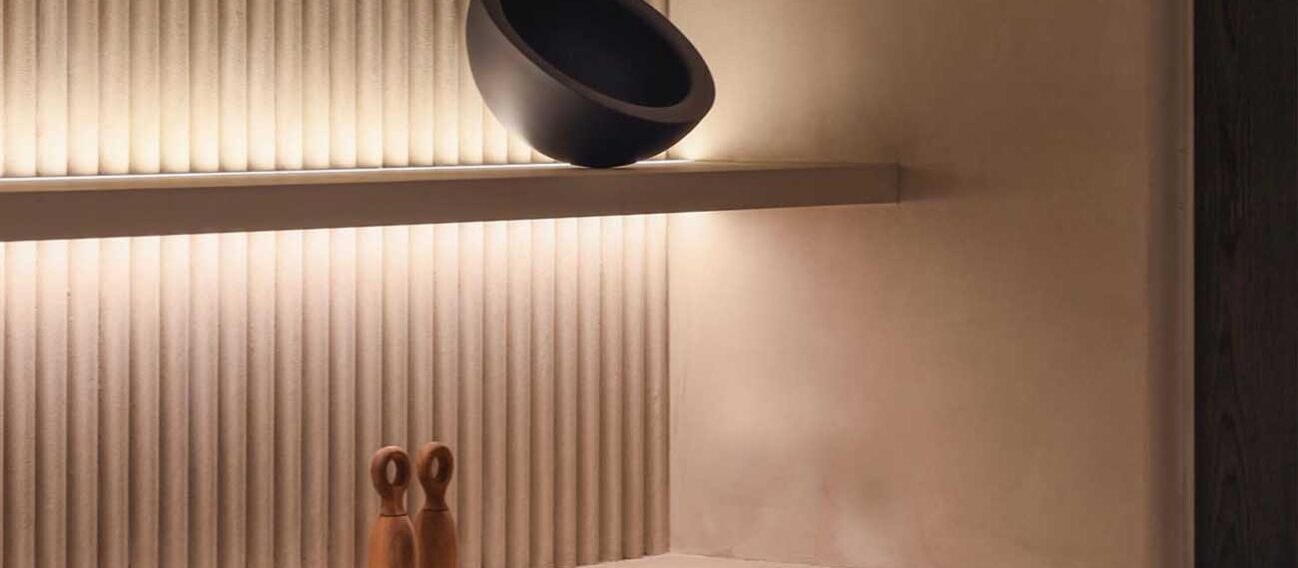Comparing 0-10V and DALI Controls
Artificial light can transform a humble commercial space into one that is dynamic and exciting or romantic and serene. Lighting designers specify lighting controls during the design process to adjust the intensity of one or more layers of light. In addition, lighting controls can change a space’s appearance, facilitate various functions in an area, reduce glare and increase occupant satisfaction providing users with the ability to control their lighting.
The most basic concept of lighting control is the “on” and “off” switches that are ubiquitous in our lives. These switches are installed 48″ above the ground close to the entrance of a room, allowing the occupant to turn the lights on or off manually.
Other lighting controls, such as DALI and 0-10V, surpass the humble light switch’s basic functionality, offering occupants flexibility and energy savings when installed properly. The differences between the two types of lighting controls are as follows:
DALI (Digital Addressable Lighting Interface)
DALI is a two-way communication protocol that controls and communicates with an entire lighting system, most used in commercial buildings. DALI-2 is the current version widely used on lighting projects and described in IEC62386 as easy to install, user-friendly, resistant to noises, ensures high energy efficiency, reduces operation costs, and enhances occupant safety, comfort and security.
Lighting designers utilize DALI because the system is very flexible and enables the creation of many lighting scenes which can be controlled independently with simple wiring.
DALI Features
- Highly Interoperable: The technology offers an “open” protocol that mandates certification procedures. DALI-2 is highly interoperable; any manufacturer can create a device that uses DALI-2.
- Easy and Simple Installation: DALI avoids the extra cost and inconvenience of additional wiring, assuring easy reconfiguration of lighting networks. One DALI network can accommodate up to 64 DALI ballasts. This is useful if luminaires need to respond to more than one input device (such as a switch and daylight sensor).
- Smooth Dimming: Logarithmic dimming profile ensures smooth intensity transitions at the lowest levels and a flicker-free experience.
- Flexibility: DALI can operate as a stand-alone system or be integrated into larger building management systems.
0-10V Dimming Features
- 0-10V dimming is an analog lighting control technology that allows the lighting to change in response to voltage. This control method produces varying light intensities from 100%, 10%, 1%, and even 0.1%. The design of many dimming switches causes the fixtures to continually run (albeit at low power), even if the dimmer is turned down.
- While 0-10V straightforward commissioning doesn’t require specialized assistance, there are limitations, primarily if the lighting control system plan is large and complex. A 0–10V system can accommodate around ten luminaires per controller. However, each device needs dedicated wiring, and the signal goes only one way, from the dimmer to the LED driver. Because there is no signal coming back from the lights, there’s no data on which to measure their performance, as with digital systems like DALI.
While both types of lighting controls can aid in transforming a space with layers of light, a lighting design professional can advise you on the best lighting control system to use based on size and function. We can help, too. Give us a call.







